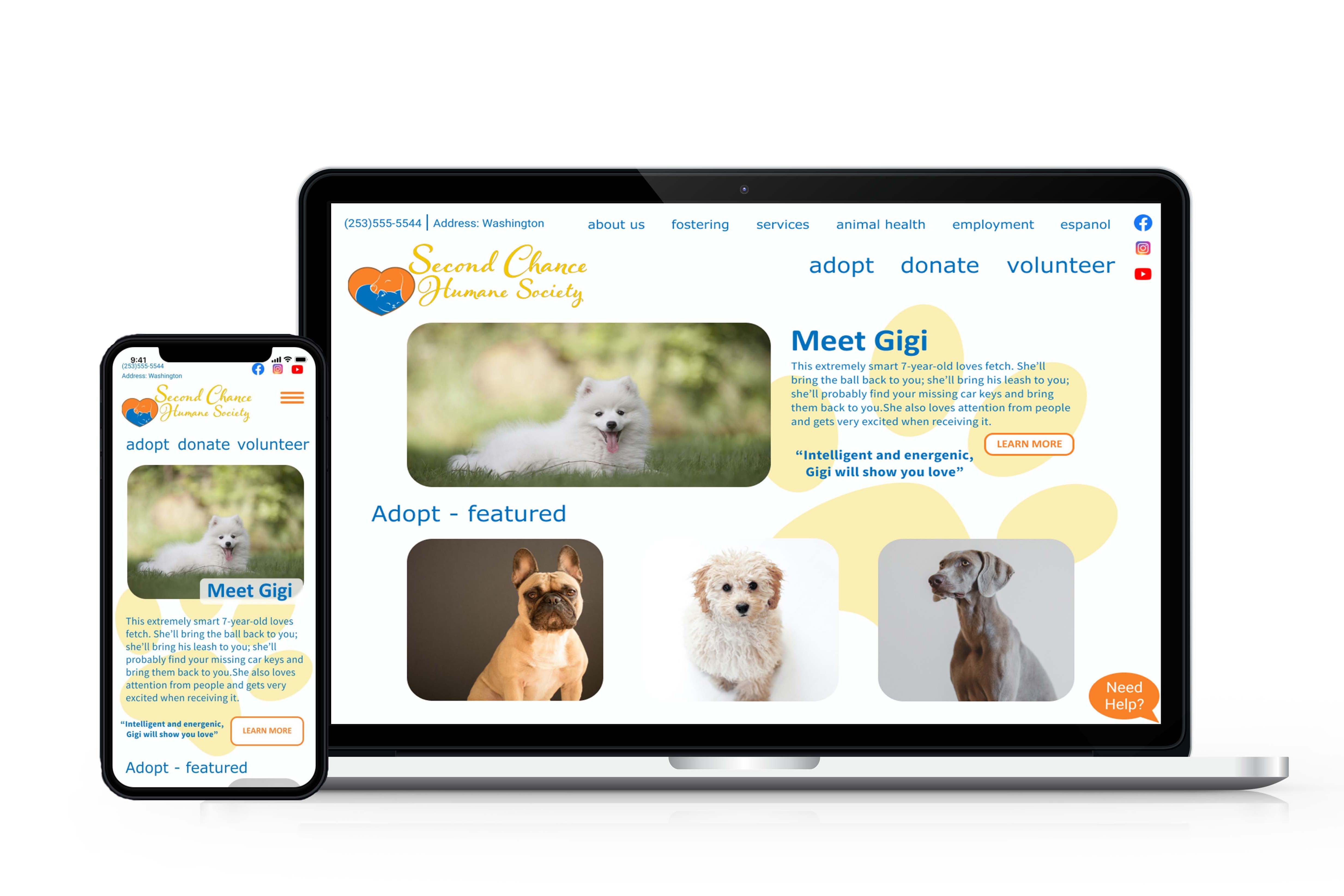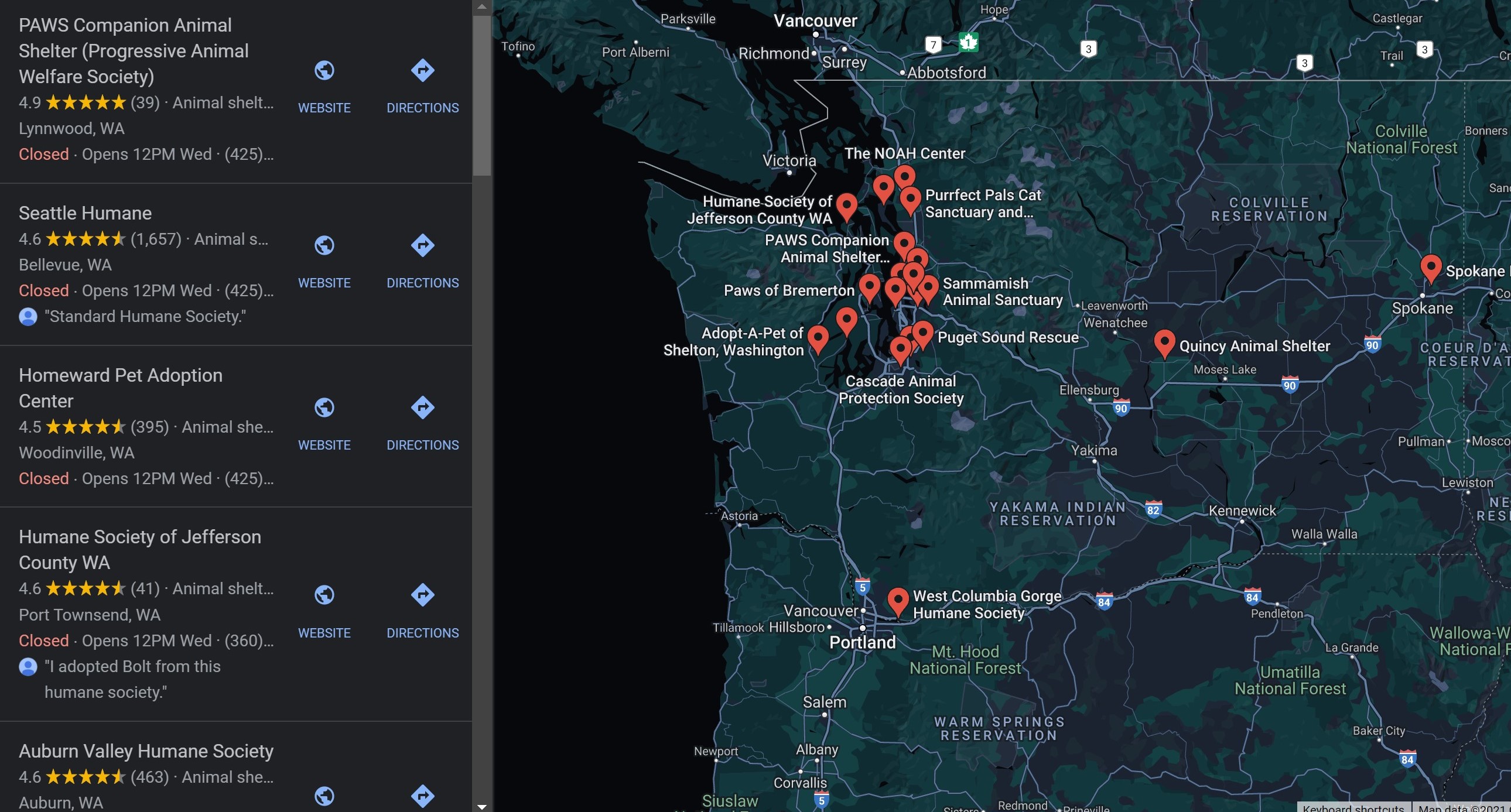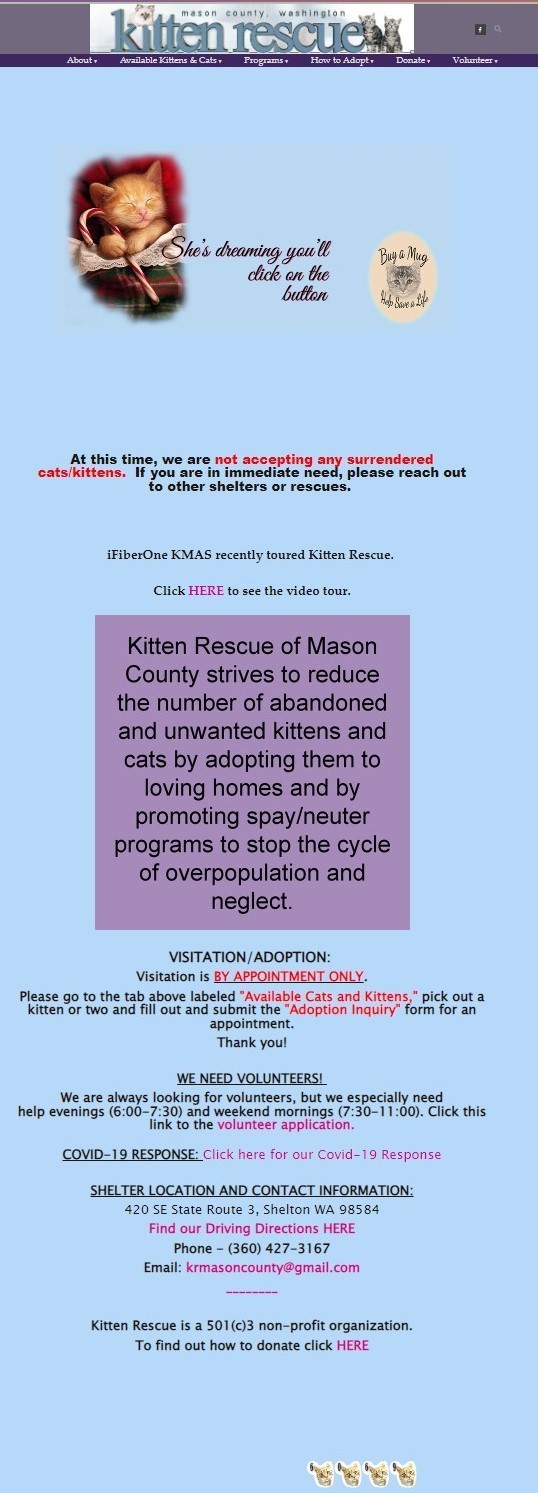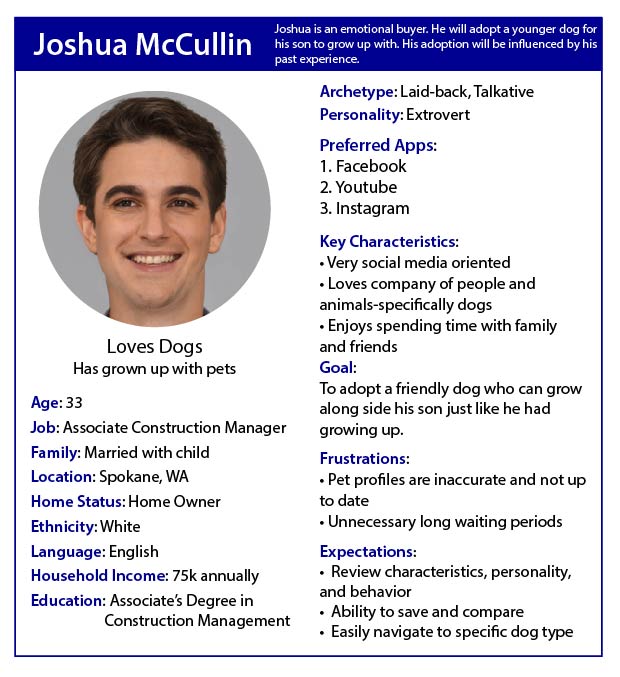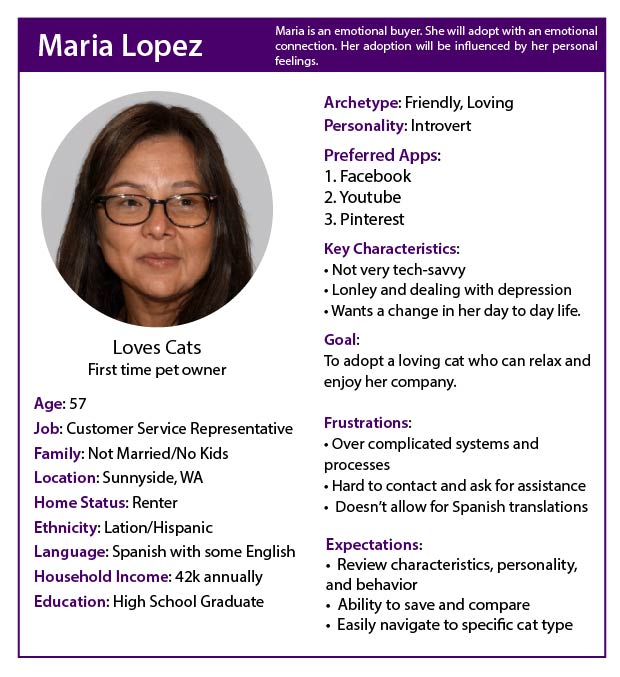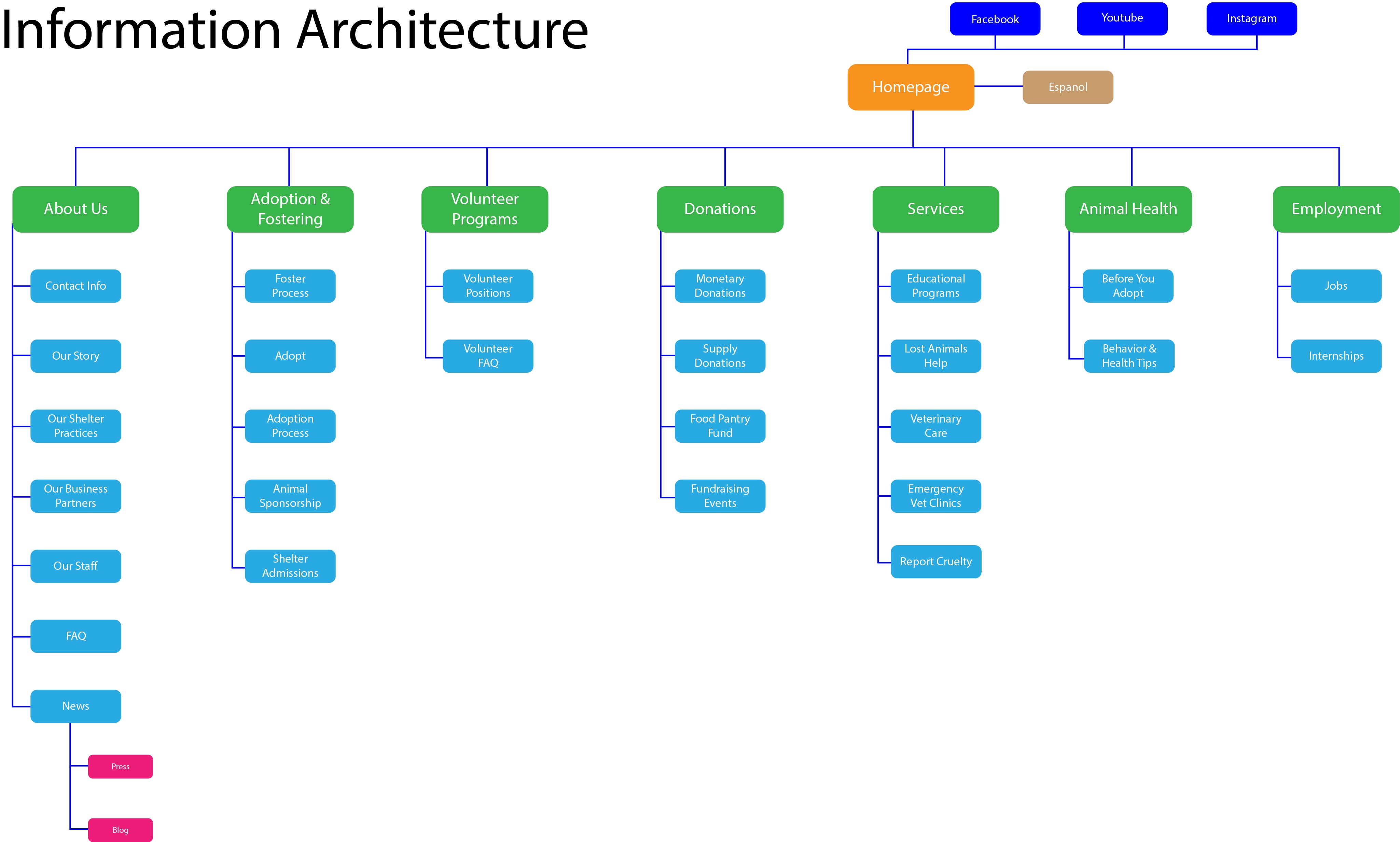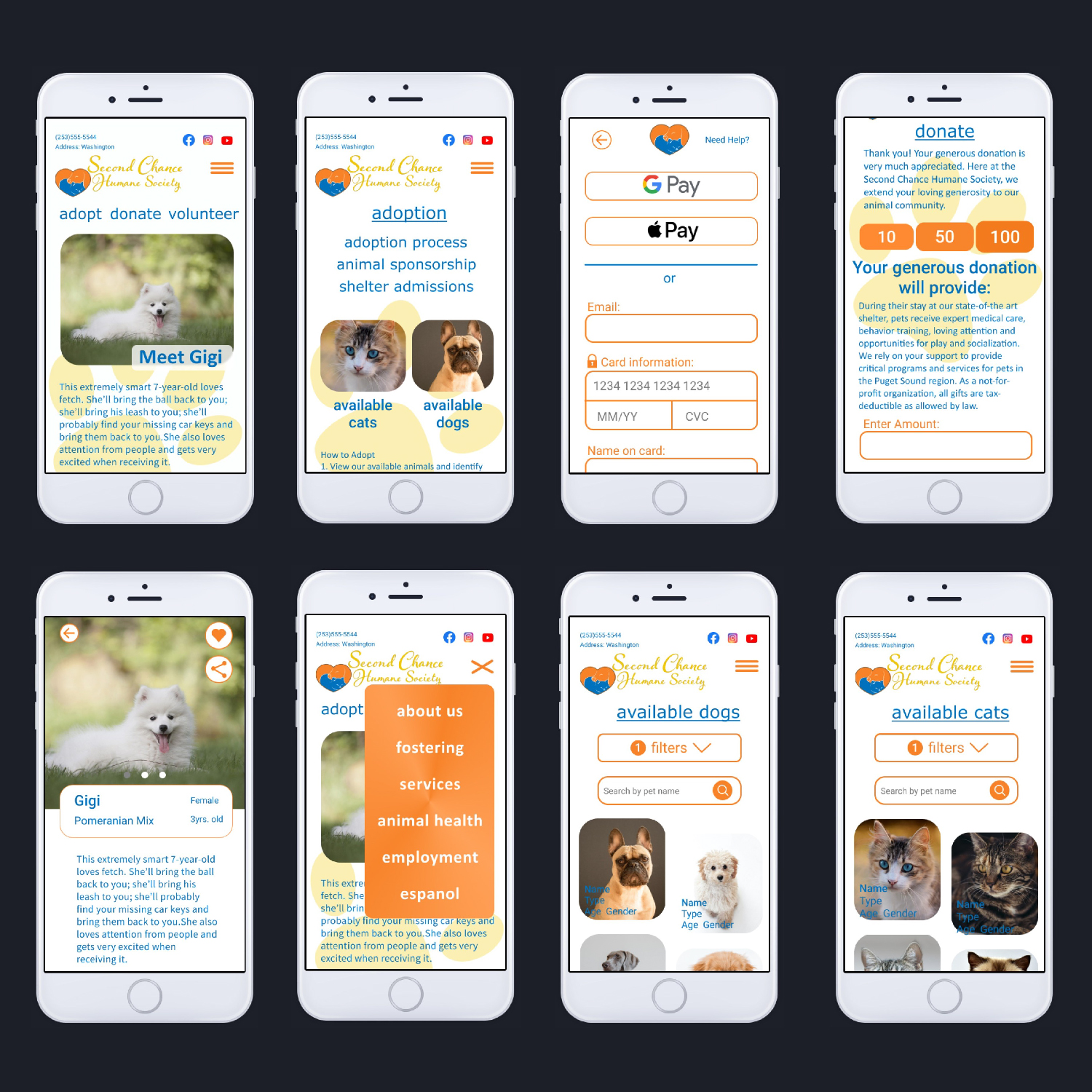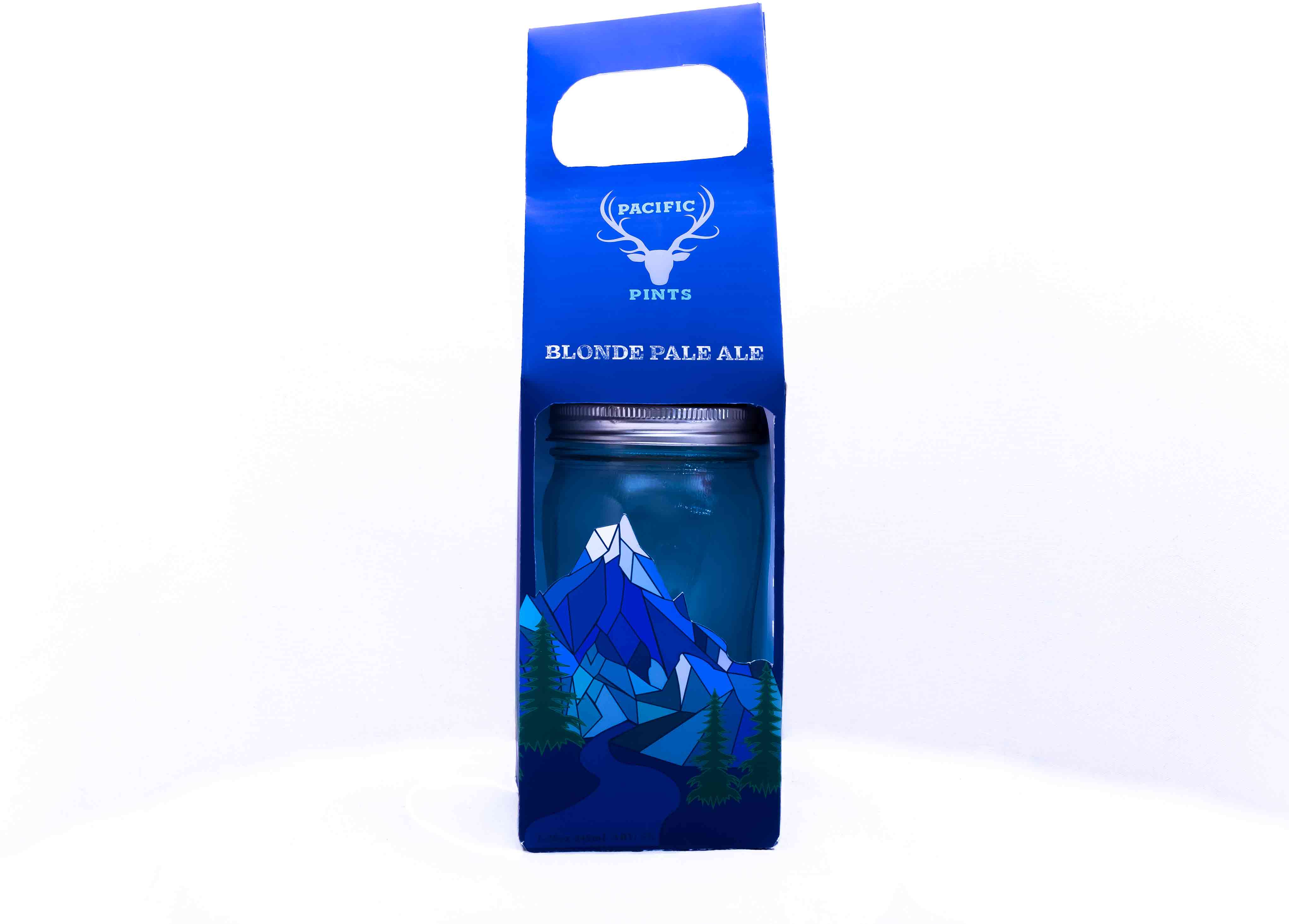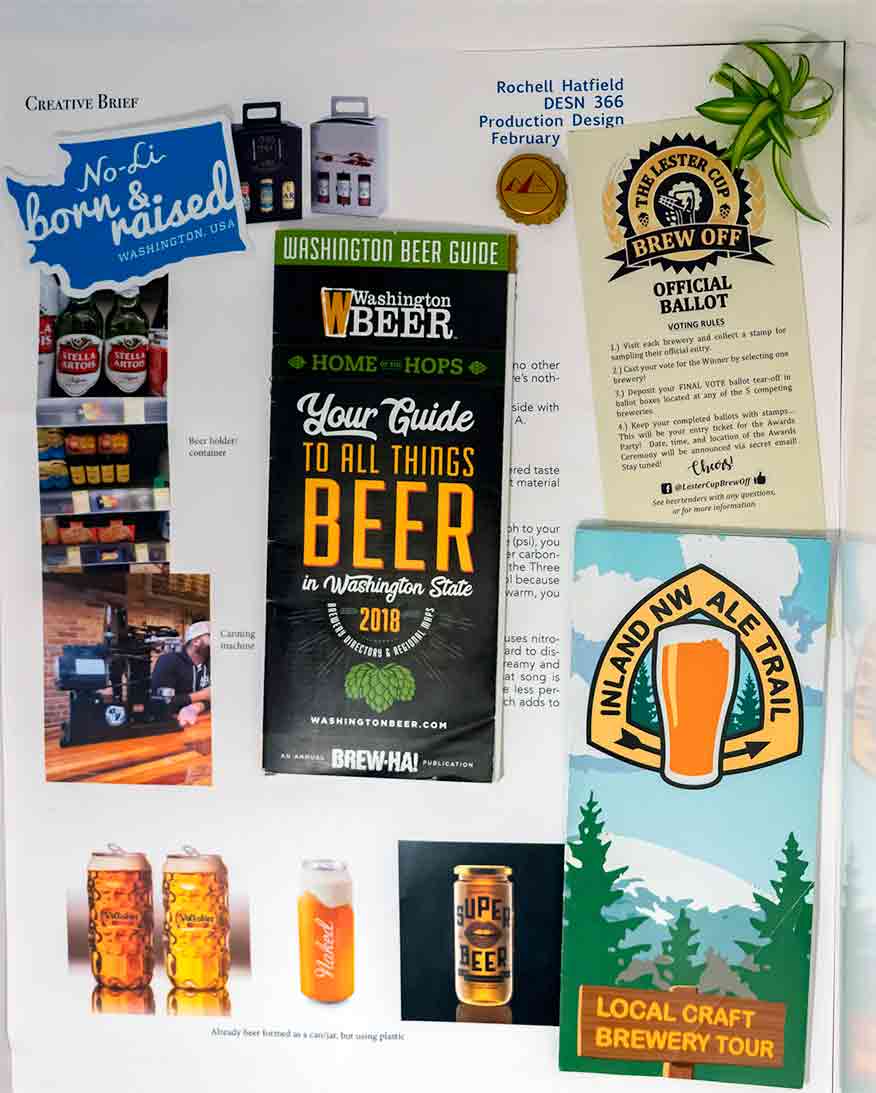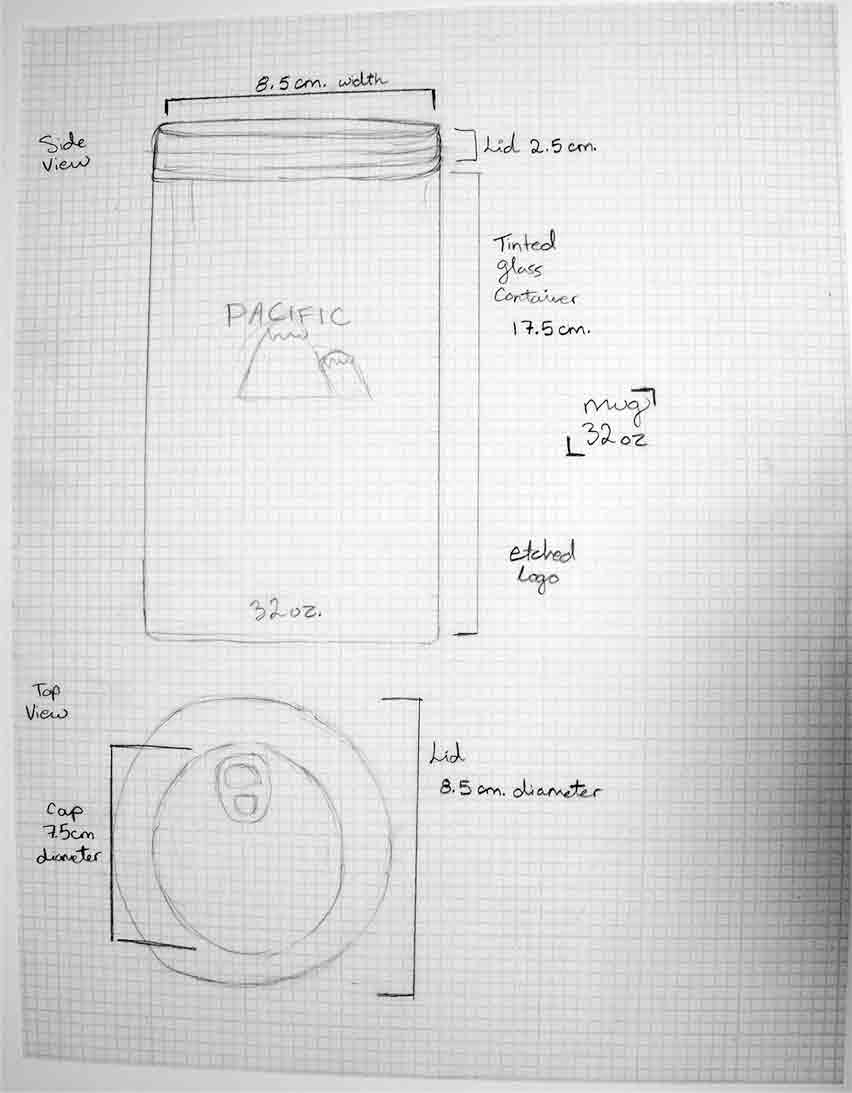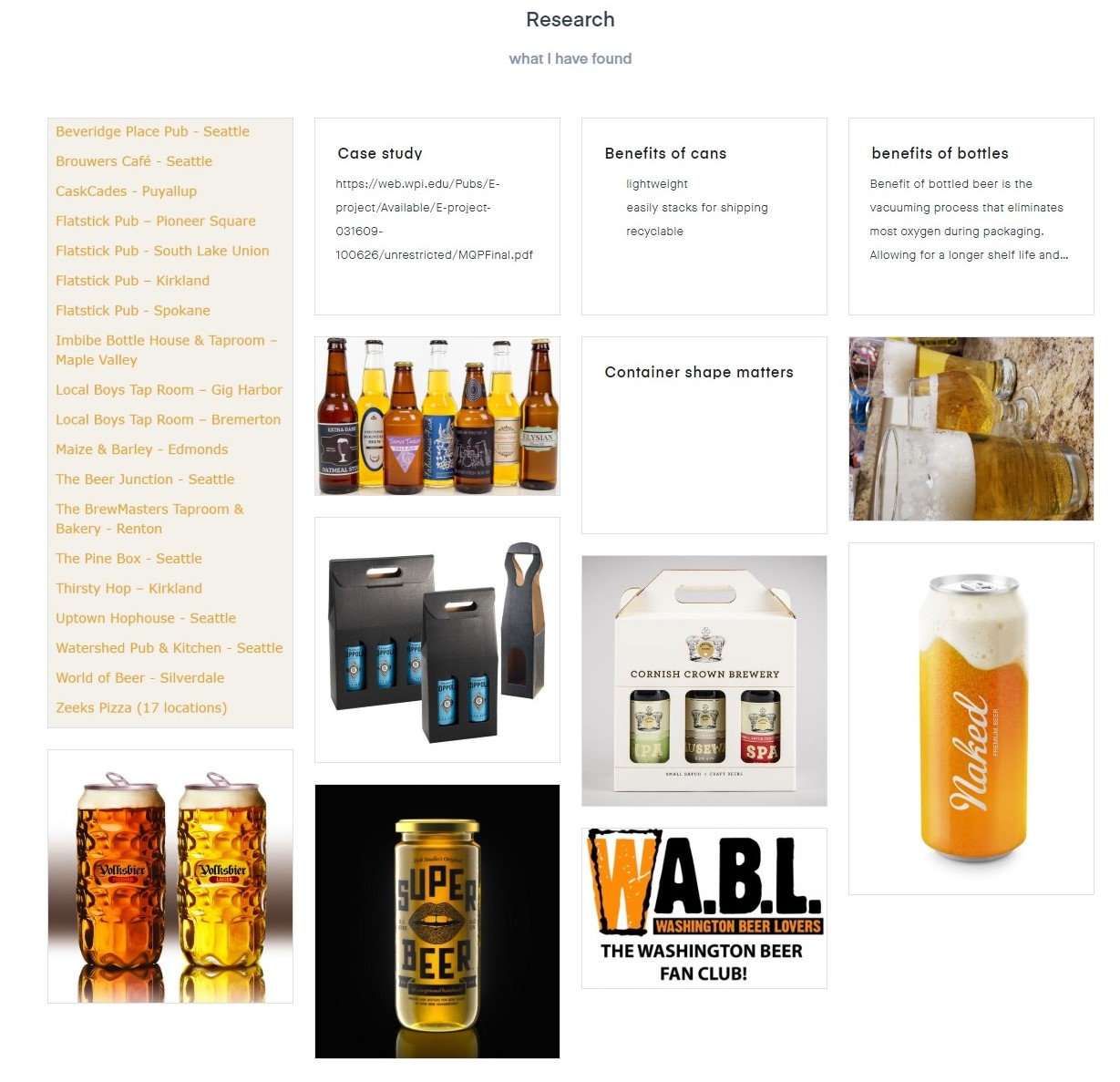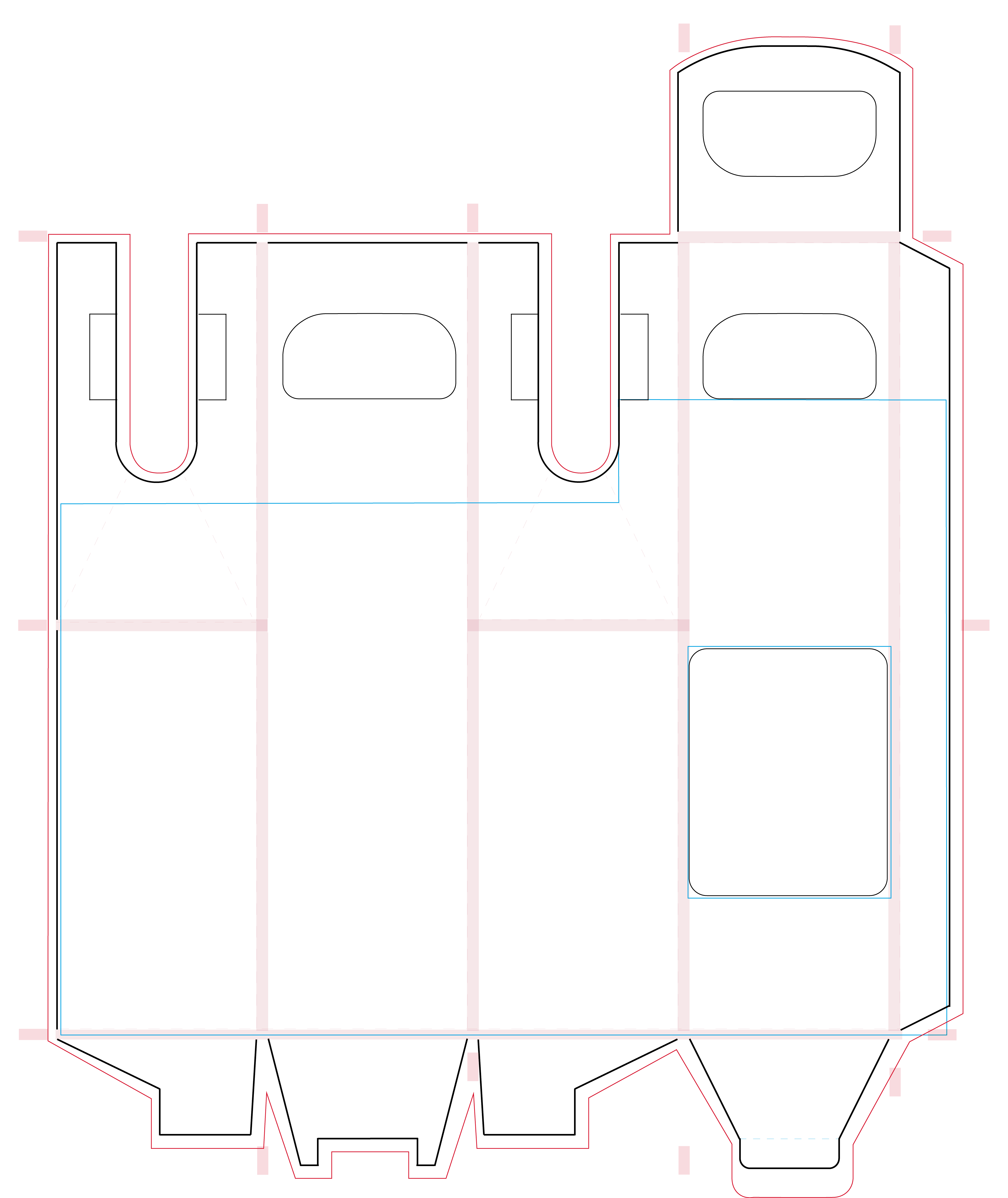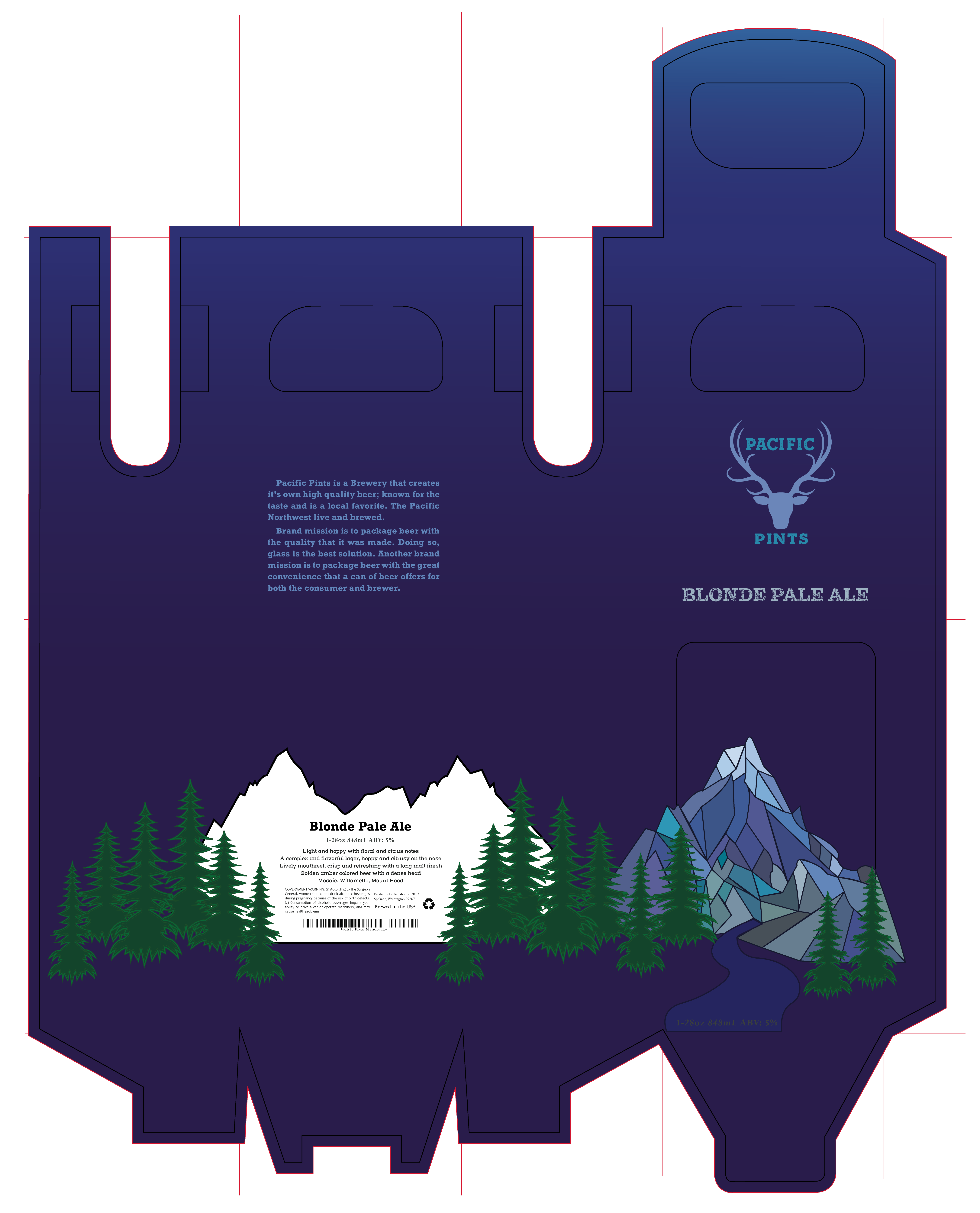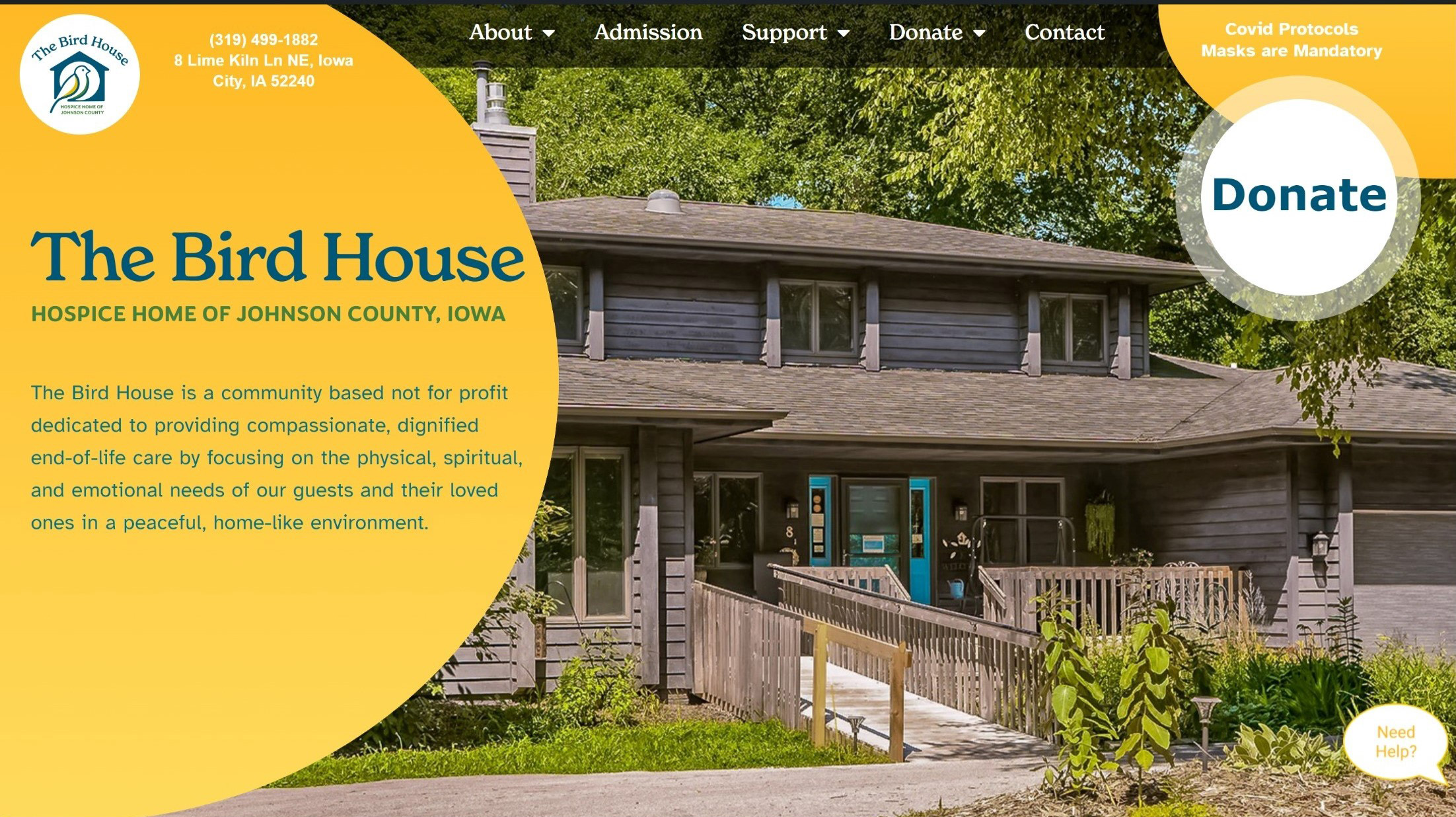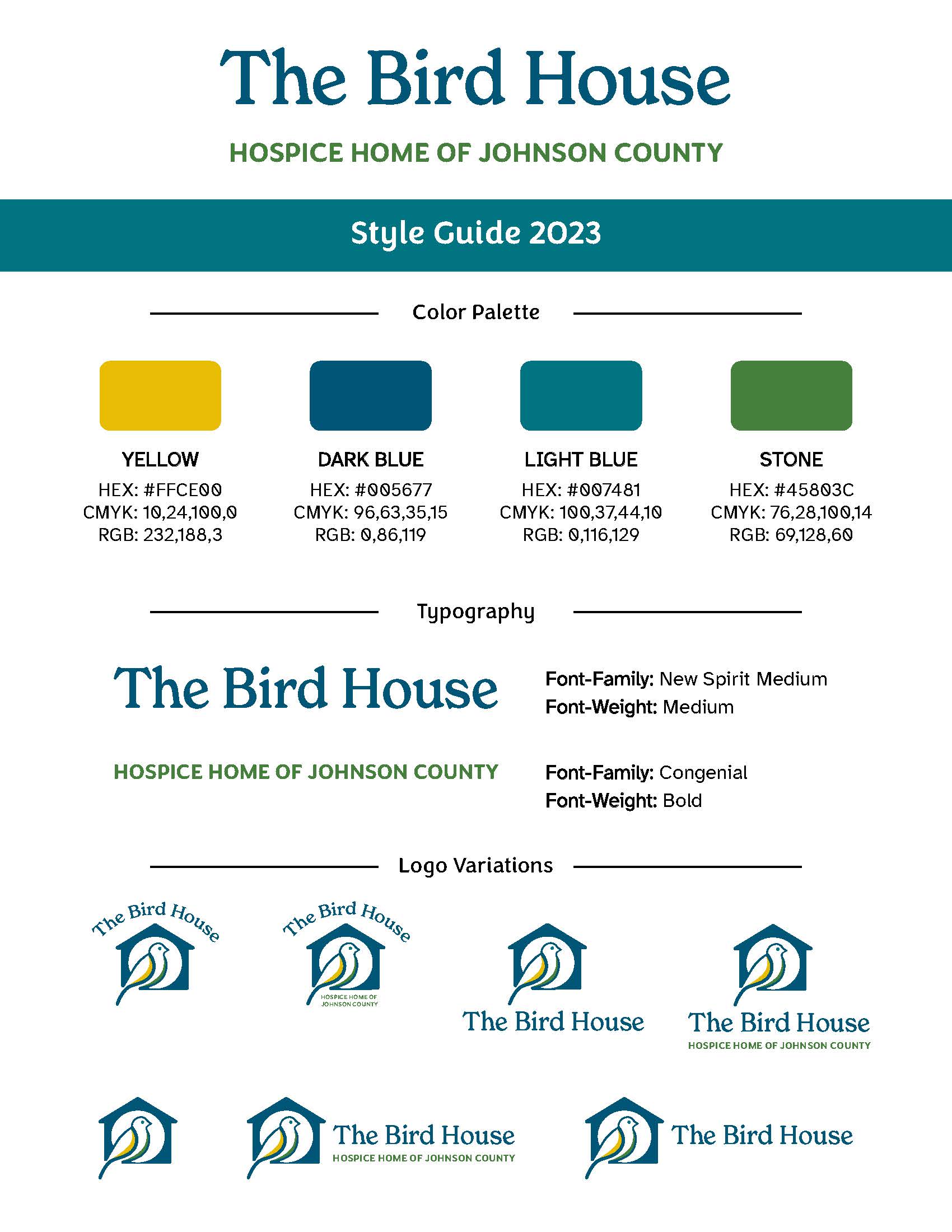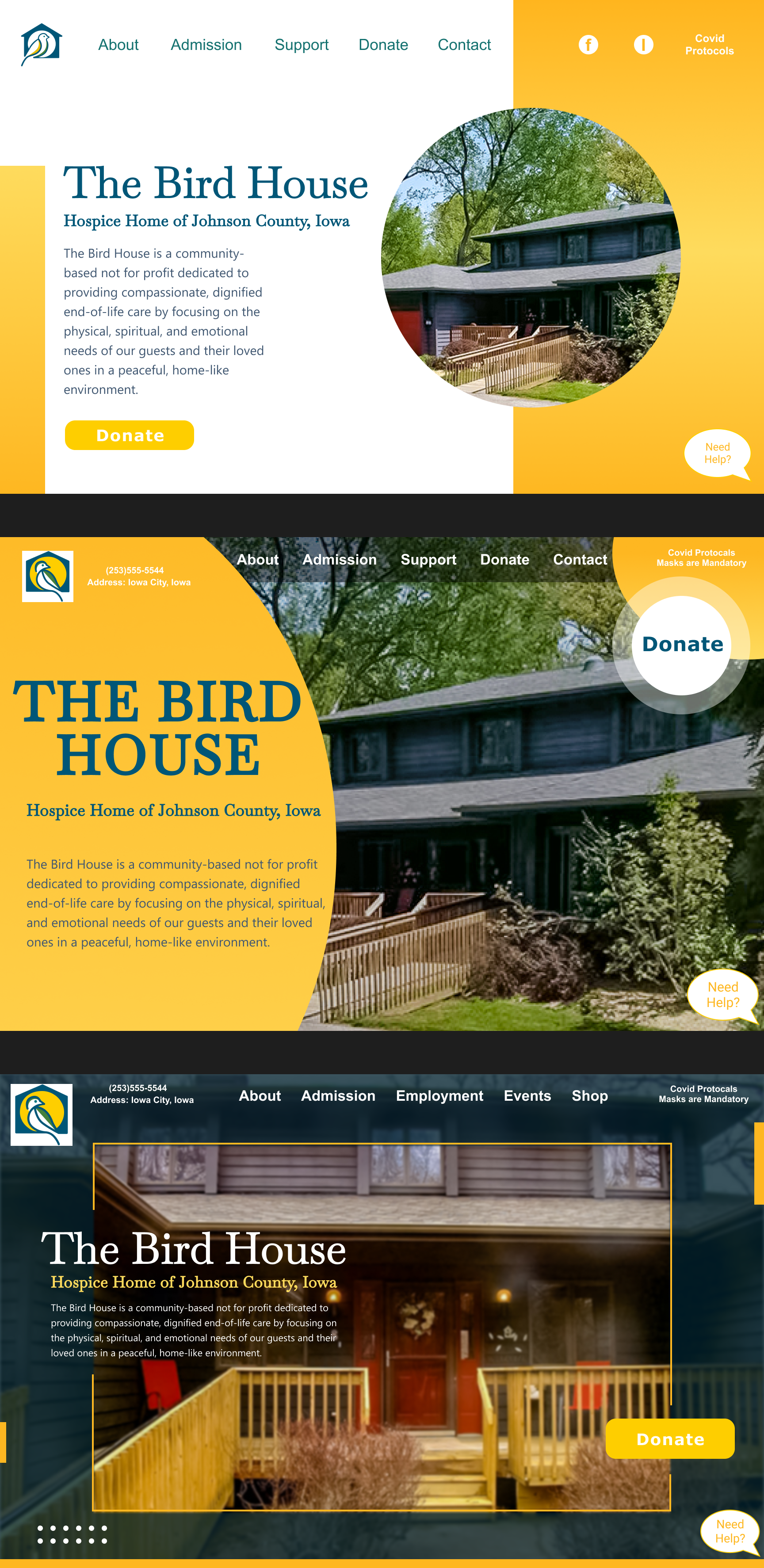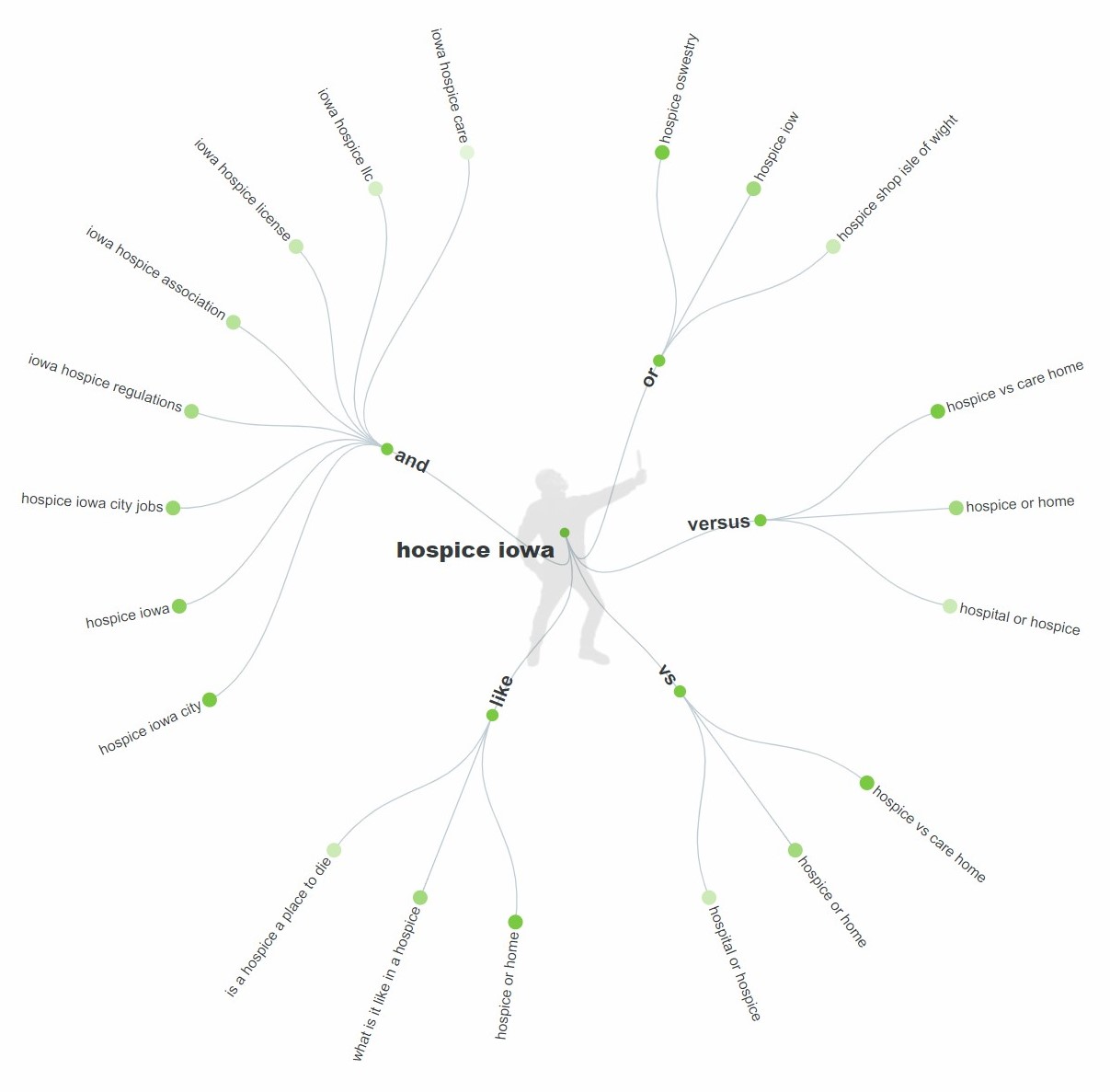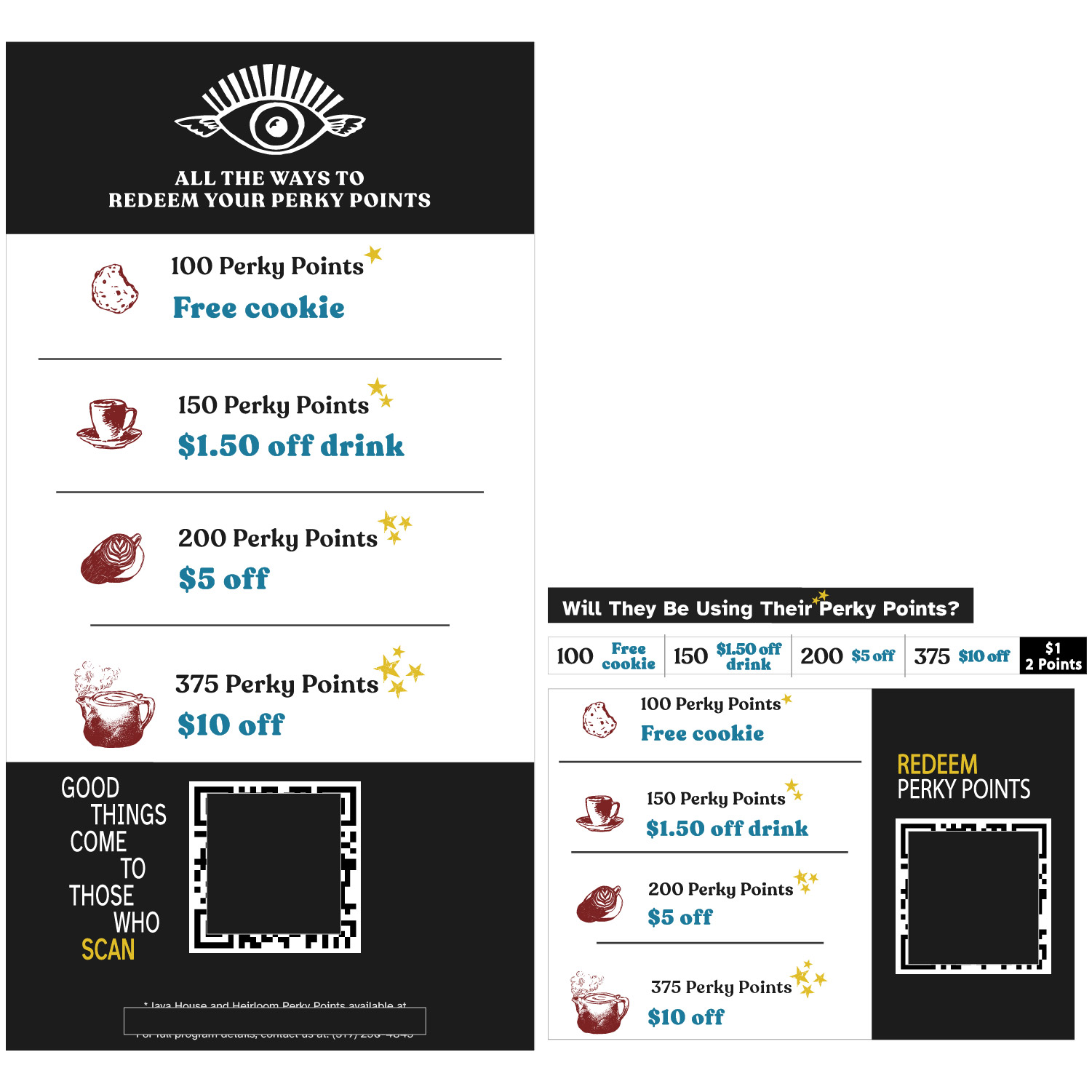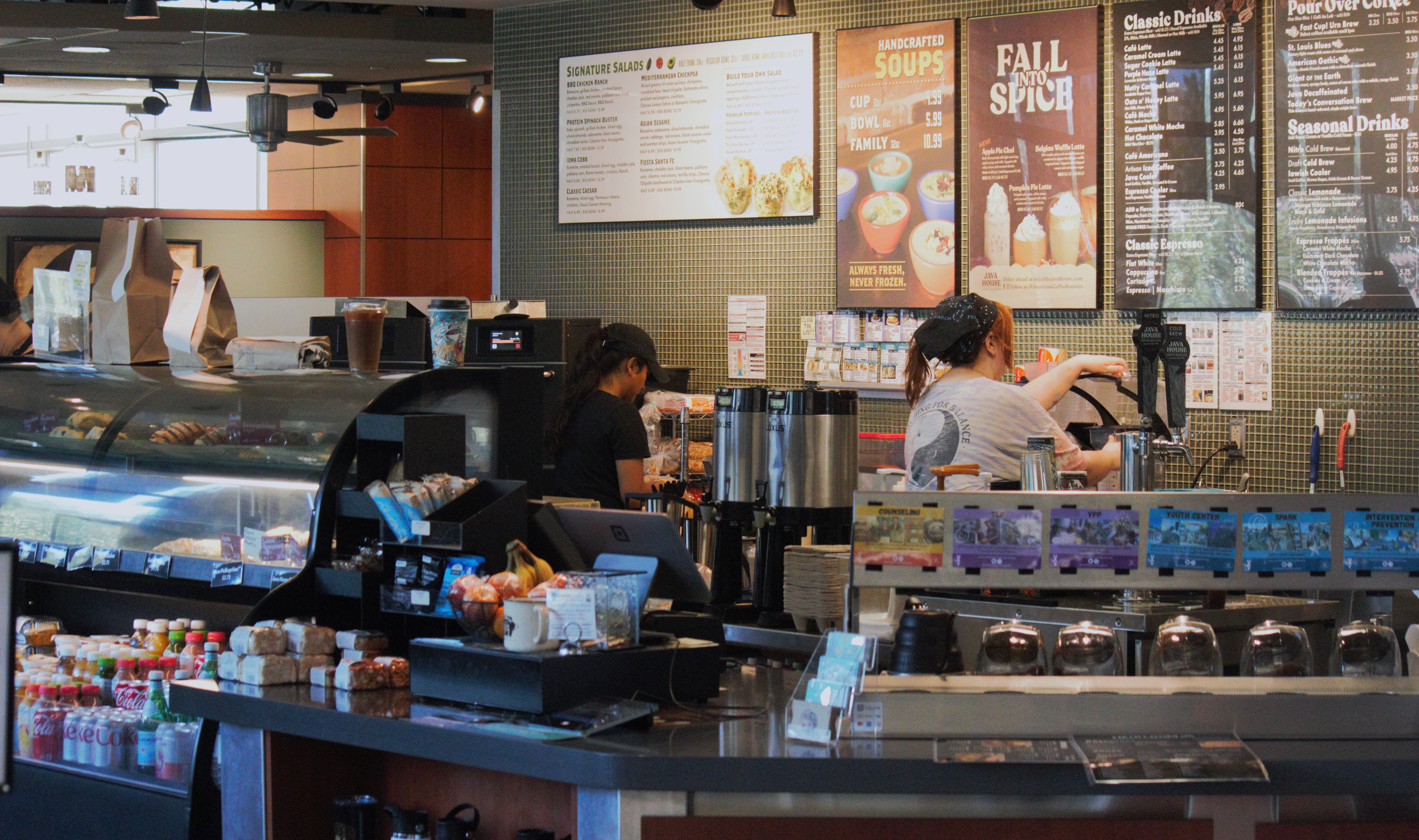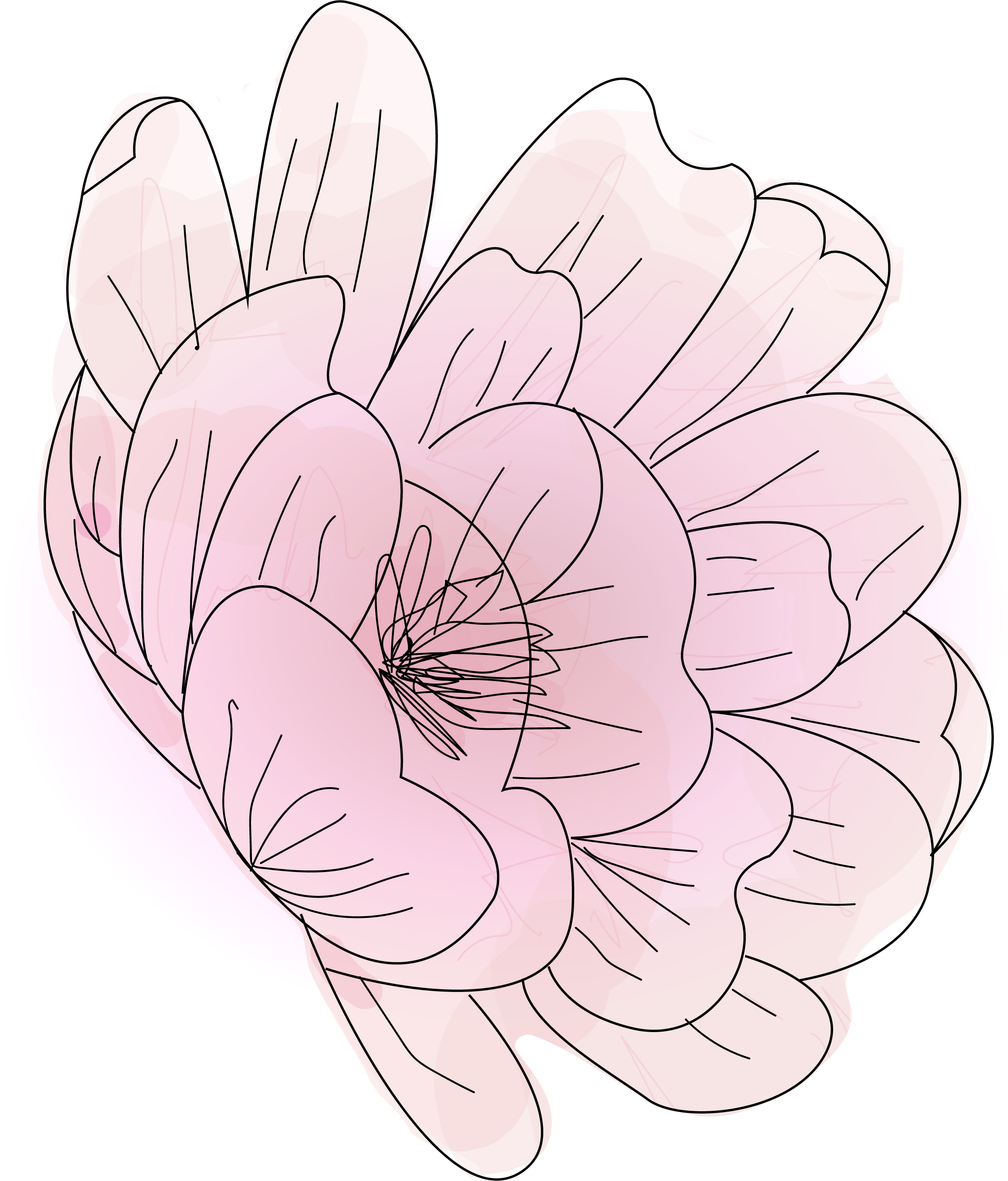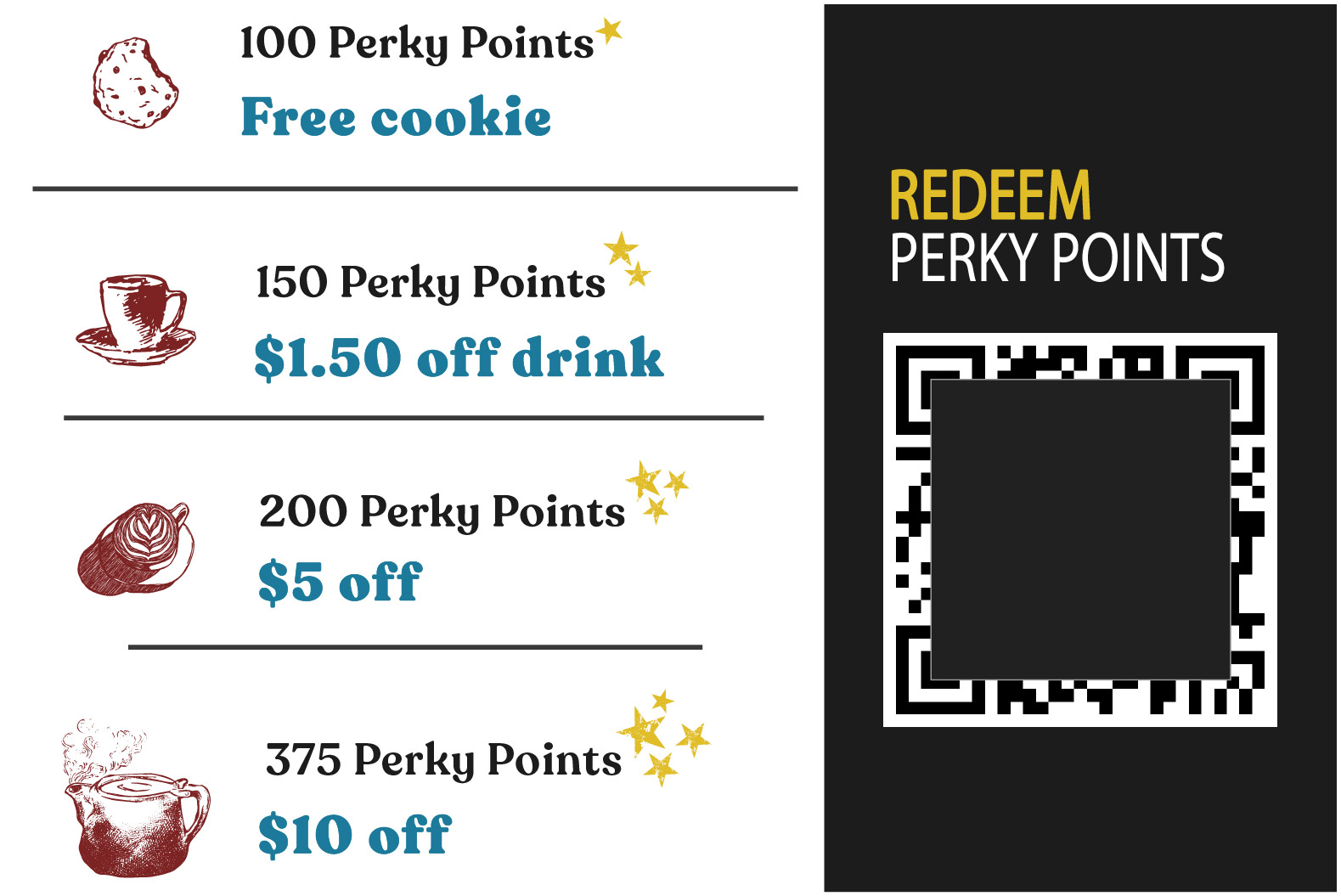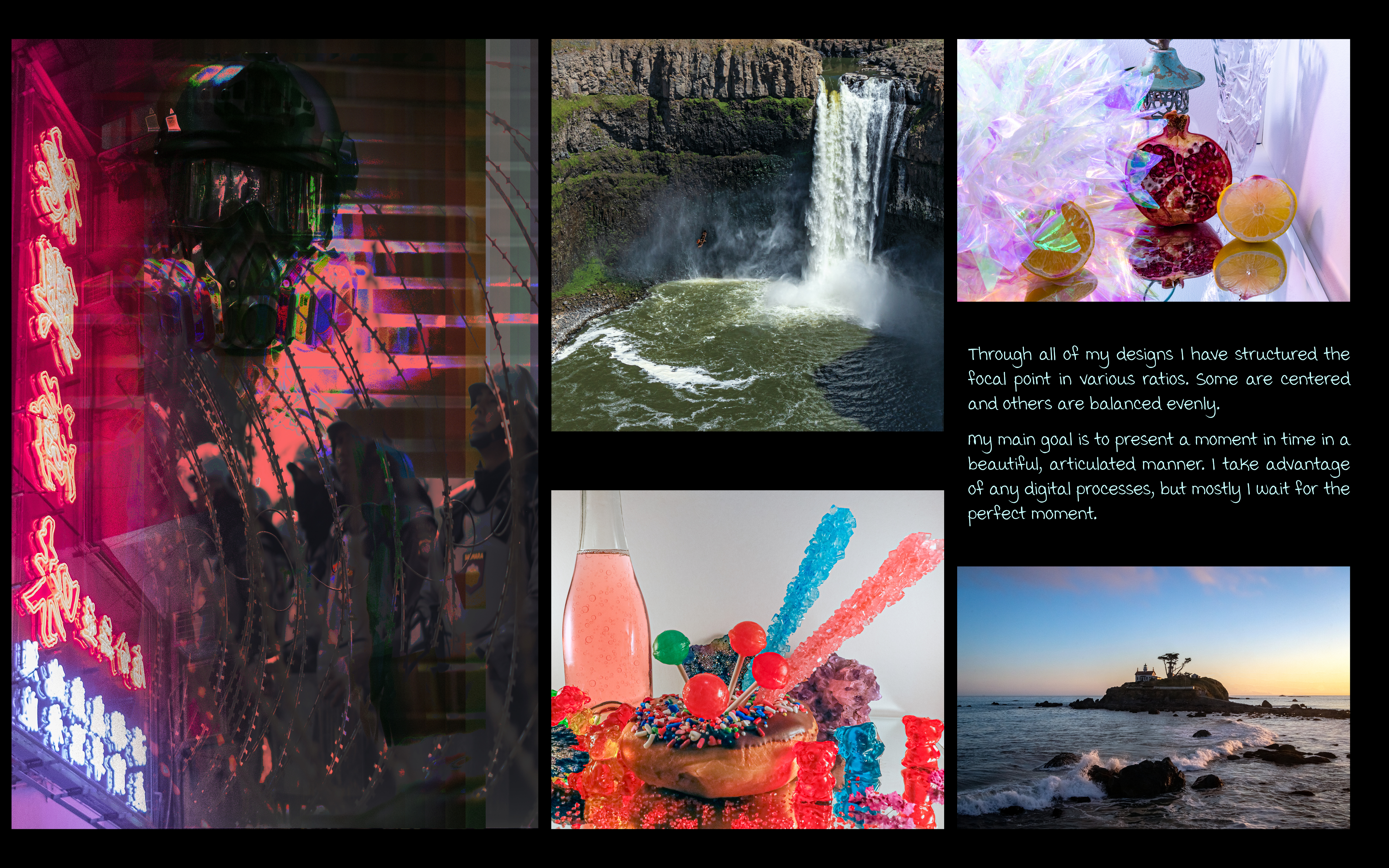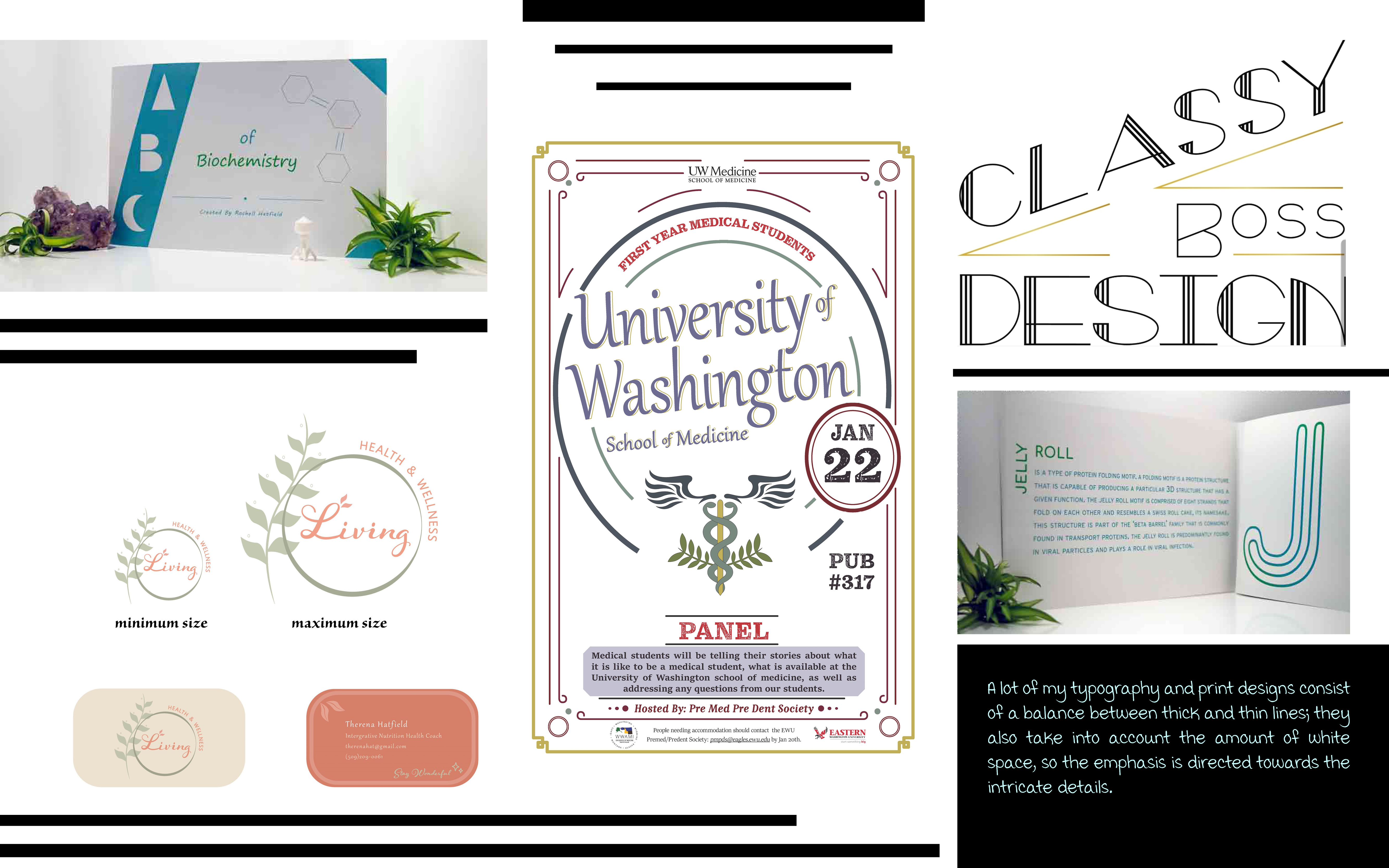Fayge Biotech
Role: Lead Graphic Designer, Motion Graphics Designer, UX Researcher
Expectations: Develop deliverables to convince potential investors that the science for Fayge is sound and that the business is scalable and replicable.
This poster was designed for the biotech start-up “Fayge,” a student group at Eastern Washington University looking to make a new acne medication. I designed the poster to be presented at an open house for funds acquisition.
The first step was to understand the context of the presentation, so I researched the basic science behind their product so that I could better develop the imagery. Because this project was directly intended to teach donors about the basic science, as well as to look like an appealing product they would want to fund, I took creative liberty to design the form and function of the imagery to both be telling of the intent of the product as well as to draw attention in a simple but eye-catching manner.

The next step was to create a creative brief that involved diving into more detail of the start-up's message, tone, people, and audience. I achieved this by answering SWOT: strengths, weaknesses, opportunities, and threats that are involved. The strength of the project was the idea itself- basic science research with wide market appeal. The weakness this team faced was how to present their research towards acquiring funding. The opportunity for this presentation was to acquire funding. The threats were the competition- needing to out-present 20 other student start-ups. Using this method, I believe that I gathered the perfect direction- they needed a visually appealing poster that explained the science and the market potential, allowing the team to talk about the science and the product to sell itself. I took this as a starting point to recognize that this poster needed to be a complete representation of their business and science.
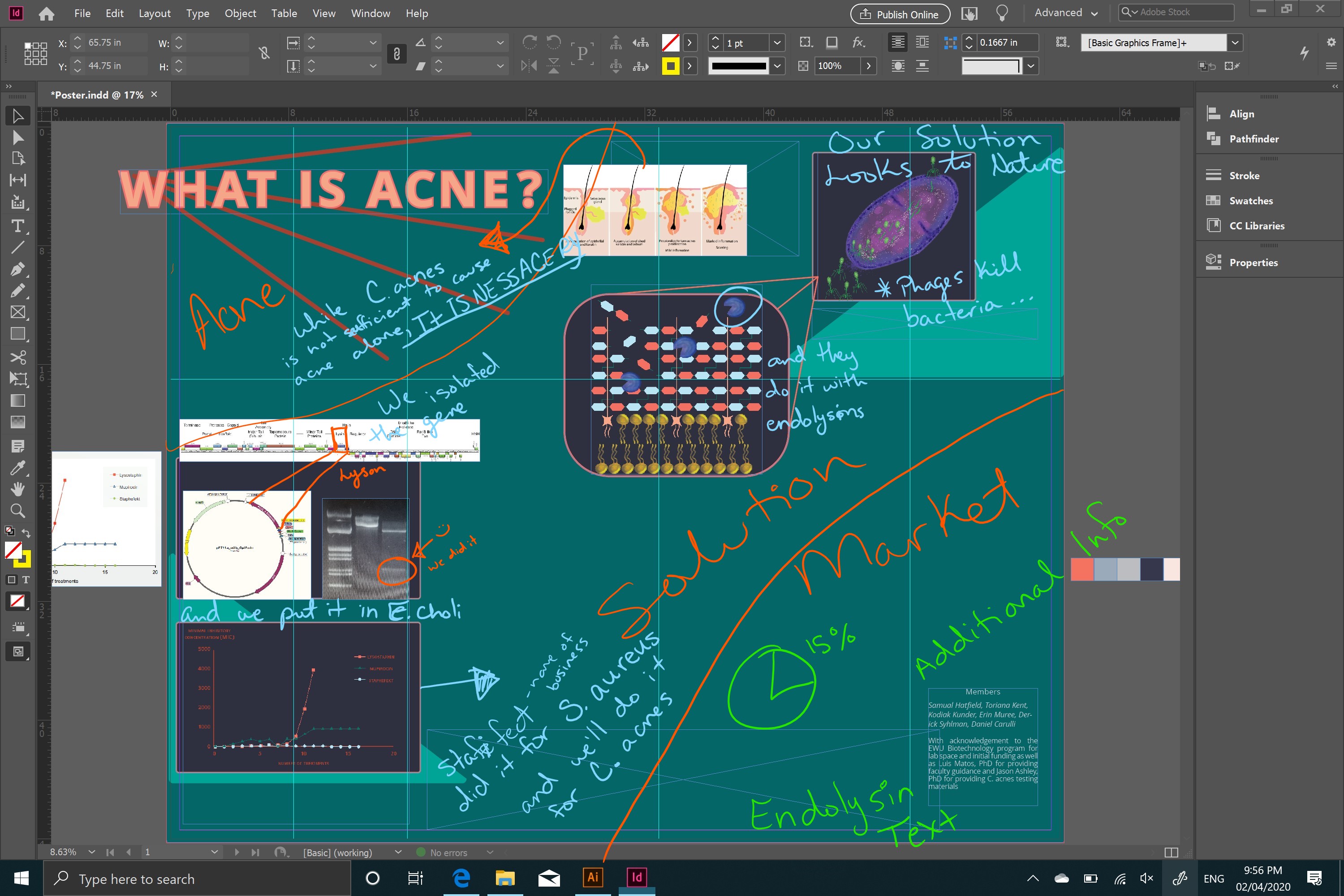
I always make sure to start with a sketchbook and pencils to get initial ideas down. I thought of cell biology as being organic and natural, so I wanted to stay away from sharp edges and have the concept naturally flow. Especially since the presentation was towards an audience that has varying levels of knowledge on the subject. The poster needed to connect easily with the viewer. The final poster layout took multiple iterations, but it was completed just in time to be printed and displayed for the presentation.

The poster composition was bold and colorful to grasp the audience's attention and all the visuals were easy to understand. With a storybook type positioning, the viewer naturally reads left to right starting with the top left corner to the right top corner and then the bottom left. Ending the person's perspective on the bottom right corner. Following this pattern, I guided the reader from the problem (acne) the issues (current treatments are inadequate) the solution (endolysin acne medication), and the resolution (needing funding).
The final service included the large poster, video animation, design guidelines, and a digital copy of the poster and video. The poster and video were praised at the open house, helping the client acquire $2,500 in funding.

